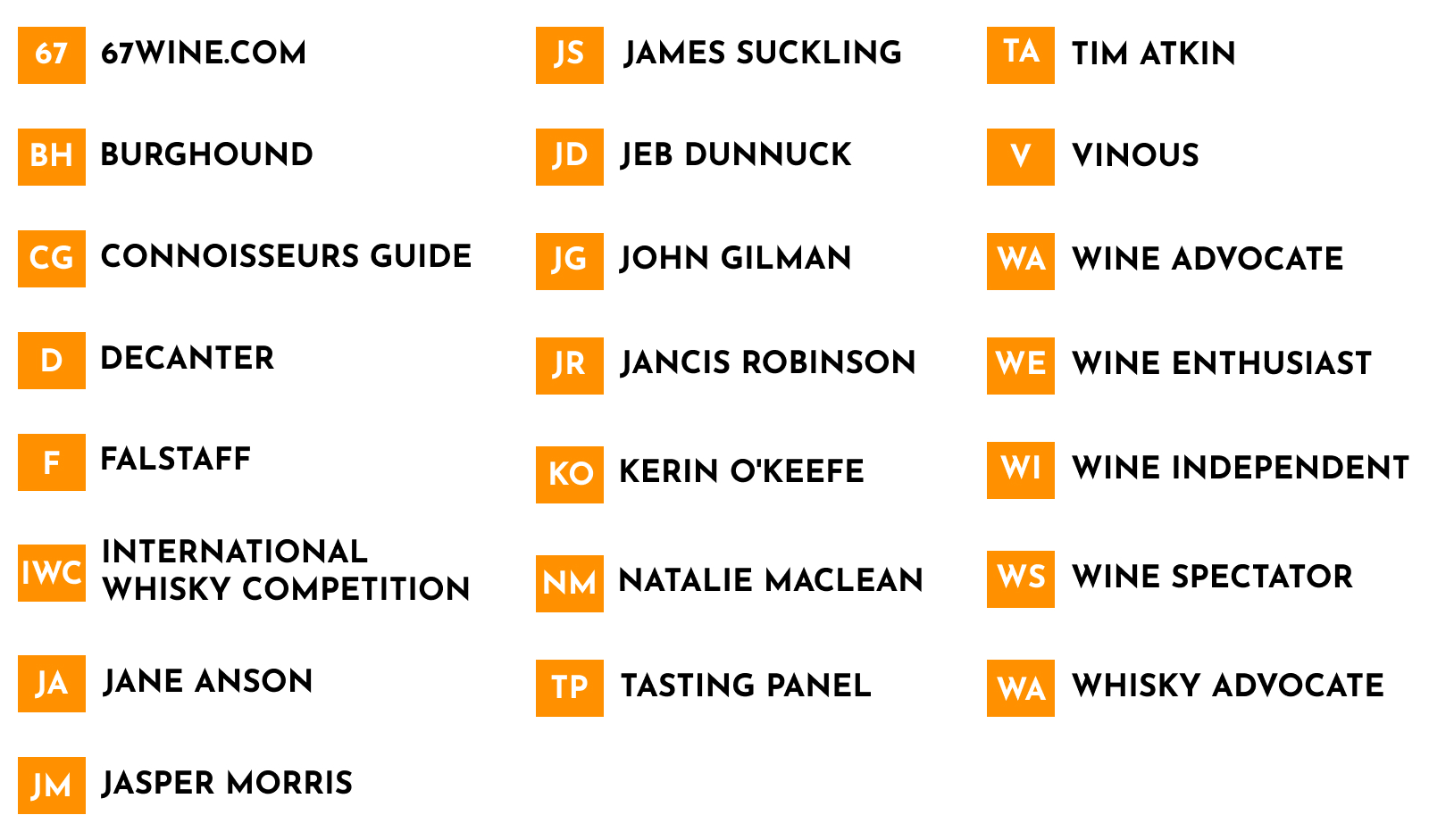Portugal, that narrow strip of a country that sits on the Western flank of the Iberian peninsula. Secluded geographically - and for the better part of the last century, secluded politically as well - Portugal is a country whose vineyards and winemaking traditions evolved (until fairly recently) largely in isolation.
That history of isolation had, of course, some negative effects. With little exposure to wines from (and winemaking practices in) other parts of the world, the Portuguese made wines to suit their own palates: dried out, fruitless reds (highly acidic from the north, earthy and rustic from the south) and whites that were dull, heavy, and oxidized. Antonio Salazar, whose dictatorship lasted 42 years (1932-1974), further stultified the winemaking scene with the construction of more than a hundred coops and the establishment of an inflexible system that led to a deterioration in winemaking standards.
But that history of isolation also had one major plus to it: it enabled Portugal to preserve her rich heritage of native grape varieties. And so Portuguese wines, both red and white, enjoy a really distinctive character that truly sets them apart from the increasingly internationalized style of wine being pursued throughout most of the world today.
Portugal's wine transformation began with the country's return to democracy in the late 1970s, then took a giant leap forward when the country joined the EU in 1986. Membership in the EU brought with it much-needed money in the form of grants and low-interest loans for new equipment; since then there has been a slow but steady change to the point where Portugal now has some of the most modern winemaking facilities in southern Europe. Additionally, relaxation of the state bureaucracy also encouraged producers to break away from the coops and form single estates (quintas) where they could exert much higher quality control.
And so, by 1994-1995, the differences were right there in the wines for all the world to see and appreciate: the reds had become deliciously fruity and easily accessible, the whites were now clean and crisp and fresh. Like all true revolutions, this one had started at the bottom, with wines from such lesser-known regions as the Alentejo and Estremadura; but by now the revolution has filtered its way up the quality scale (the delay being accounted for by the fact that more serious wines take longer to reach the market).
We can do no better than to conclude with a quote from one of our favorite wine writers, Tom Stevenson, a quote that takes us neatly back to our headline. Stevenson writes: "Once devoid of anything interesting beyond its two classic fortified wines, Port and Madeira, Portuguese winemakers have now woken up to the tremendous potential of the terroirs and native grape varieties that their country offers, making it a hotbed of innovation."
Now Let's Talk of Cork
It seemed only fitting to write about corks in tandem with Portugal. Portugal is, after all, the center of the world's cork business, and the cork business is a significant factor in the Portuguese economy.
Wine-bottle corks are made from the thick outer bark of the cork oak, Quercus suber; the tree grows this spongy substance for protection and insulation, particularly against fire, and the mature bark is so thick and resistant it can be stripped off without harming the tree.
Our cork oak has some rather exacting requirements for growing conditions: it needs chalk-free soil, between 15 and 30 inches of rain a year, an altitude of 300-1,000 feet, and temperature that never drops below 23F . . . and all of that pretty much limits it to the western Mediterranean coast. So, while Portugal's cork forests represent 30% of the world's cork trees, the country's industry processes more than half of the world's total output, importing additional raw material from Spain, Algeria, Morocco, Tunisia, Sicily, and Sardinia.
Cork harvesting is strictly controlled by Portuguese law. Trees must be 25 years old before they are first harvested, and the process can be repeated only every nine summers after that. Cork oaks have a life-span of roughly 170 years and the older they are the more cork they yield. On average, an acre of trees produces 200 pounds of cork.
How does the bark become a usable bottle stopper? The bark is removed from the tree in strips, which are first left to season for six months; then they are boiled for 90 minutes to remove any impurities, then allowed to rest again for three weeks before being cut into cork-width strips. Corks are punched out of these strips (usually by hand), then often bleached, graded into eight different quality categories, branded, and stored in a well-ventilated facility in temperature- and humidity-controlled conditions.
Why cork in the first place? It all has to do with molecular structure (which I won't attempt to explain, not being a chemist), which makes it a substance that is light, elastic, inert, and impermeable to gases and most liquids. And cork has an impressive life-span, going brittle and crumbly slowly, over a period of from 20 to 50 years.
We know from art work of the period that the Romans knew about and used corks, but with the Moorish occupation of Spain and Portugal from the 8th to the 15th century, the primary sources for the material dried up. Strips of cloth were used to stopper barrels during the Middle Ages, and glass stoppers (rather costly) were used for individual bottles. Corks are back on the scene by the late 16th century (there are references in Shakespeare) and in widespread use shortly thereafter.
Now for the $64 question: why does the wine server at a restaurant hand you the cork (presumably having already smelled it on your behalf)? There are tiny pores in the cork which can trap bacteria, and this results in what is called "cork taint" (an unpleasant dirty-sock odor that can be detected on the cork and has usually penetrated into the wine itself). Incidence of this rose dramatically in the 1980s (which many attribute to the increased use of bleaching in the manufacturing process), and so you have been seeing alternatives in the form of polymer-based or composite stoppers. Will the real cork disappear? We don't think so. After all, it's those troublesome pores that enable your fine red wines to take in oxygen slowly and thus age gracefully. Browse our Portuguese Wine Collection






